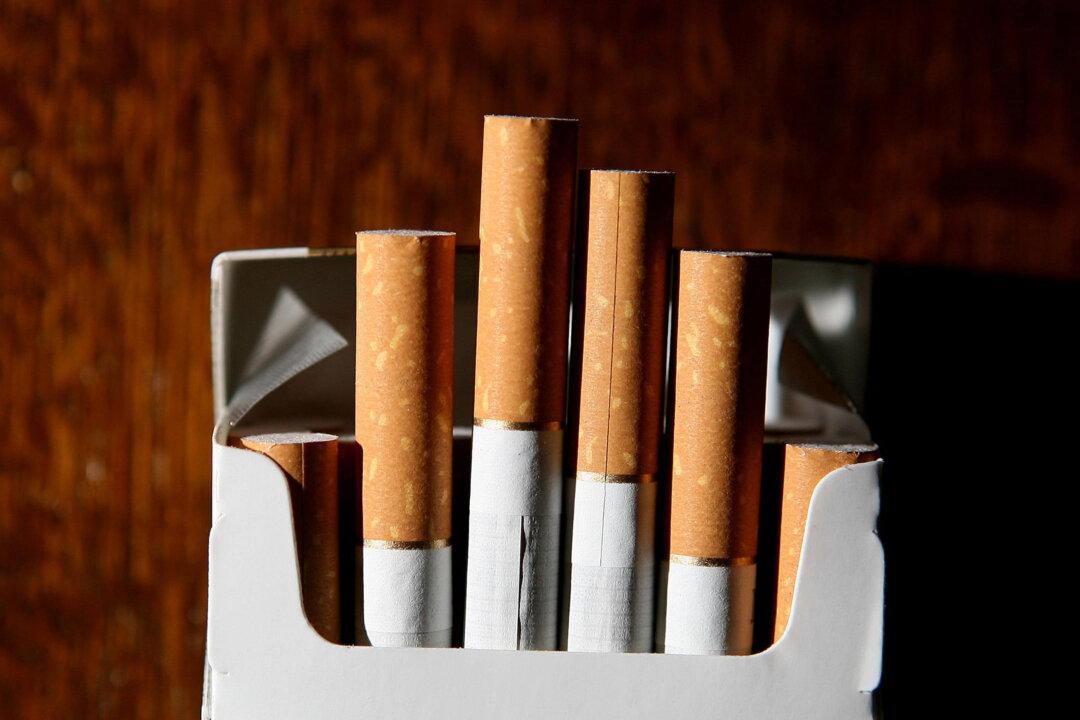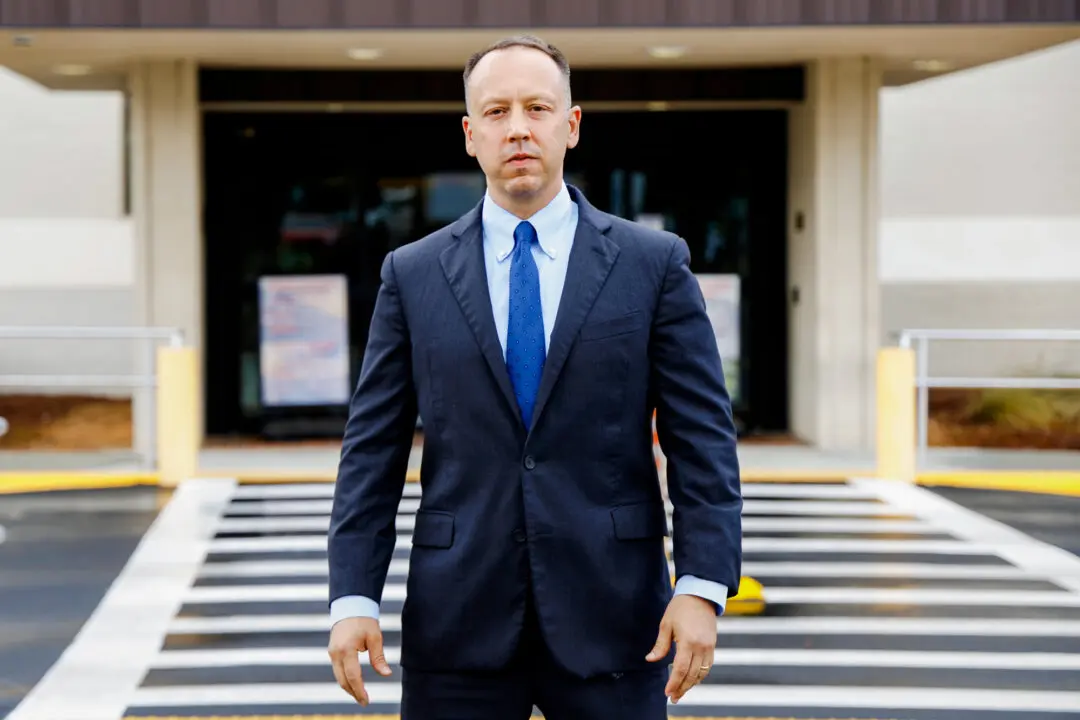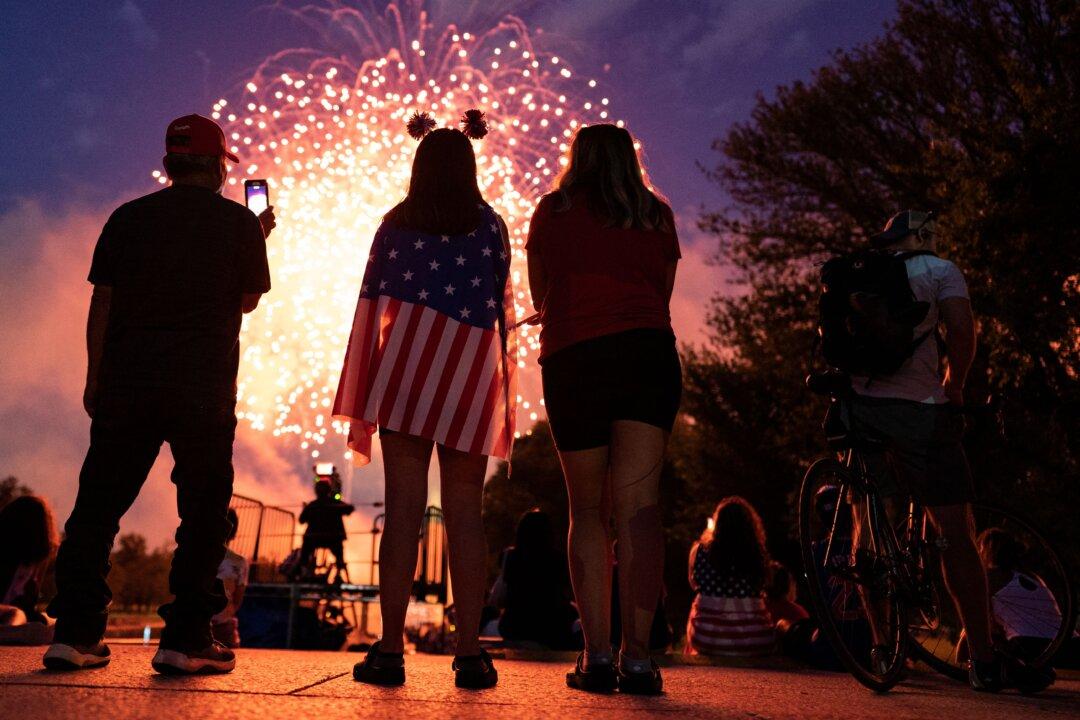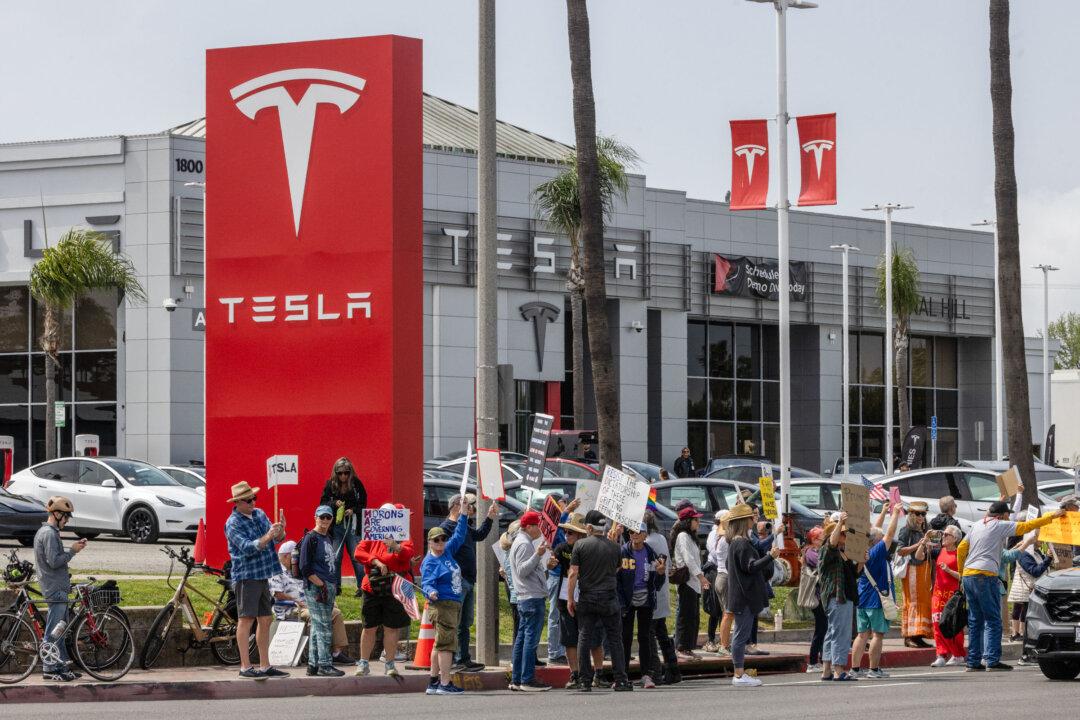About 1 in 9 students in middle and high school reported using tobacco products in 2022, according to a new study released by the Centers for Disease Control and Prevention (CDC).
The just-released annual National Youth Tobacco Survey suggests that 16.5 percent of high school students and 4.5 percent of middle school students use tobacco.





